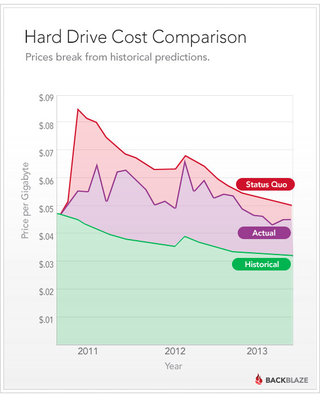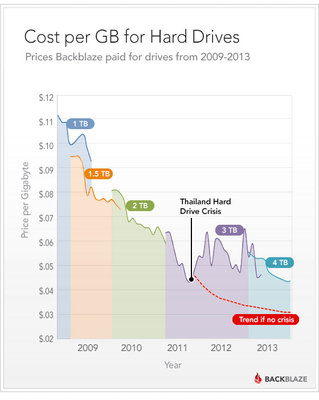Latest news
 |
YouTube viewing now happens in TVs (11 Feb 2025 2:43)
Smartphones are no longer the primary device for watching YouTube. Instead, televisions—those big screens in our living rooms—have taken the top spot as the most-used platform for YouTube viewing at home.
|
 |
Sony to end production of writable Blu-ray discs, MiniDiscs and MiniDV tapes (24 Jan 2025 11:27)
Sony has announced that it will halt the production of writable Blu-ray discs, MiniDiscs, and MiniDV tapes in February 2025.
|
 |
Nintendo announces Switch 2 - Long video released, but specs still under wraps (16 Jan 2025 11:33)
After years of anticipation, Nintendo has officially unveiled its next-generation console, the Nintendo Switch 2, in a newly released promotional video. However, the company has yet to reveal the exact technical specifications, promising to share mor
|
 |
YouTube Premium starts showing ads to subscribers (13 Nov 2024 3:09)
For years, YouTube Premium has been marketed as a way to enjoy an ad-free YouTube experience. But apparently, that is no longer the case, as Premium subscribers are now starting to see ads on the platform.
|
 |
Android 16 will launch sooner than expected (01 Nov 2024 6:45)
Google announced that upcoming Android 16 will break the traditional once-a-year cycle of major Android launches. Next Android is poised to launch in Q2 of 2025, so Android 16 should ship before end of June, 2025.
|
News archive
 In 2011, massive flooding in Thailand caused hard drive manufacturers like WD, Toshiba and Samsung to halt production in the nation, causing a shortage in hard drive supply and an almost 50 percent jump in prices as demand continued its exponential growth.
In 2011, massive flooding in Thailand caused hard drive manufacturers like WD, Toshiba and Samsung to halt production in the nation, causing a shortage in hard drive supply and an almost 50 percent jump in prices as demand continued its exponential growth.















